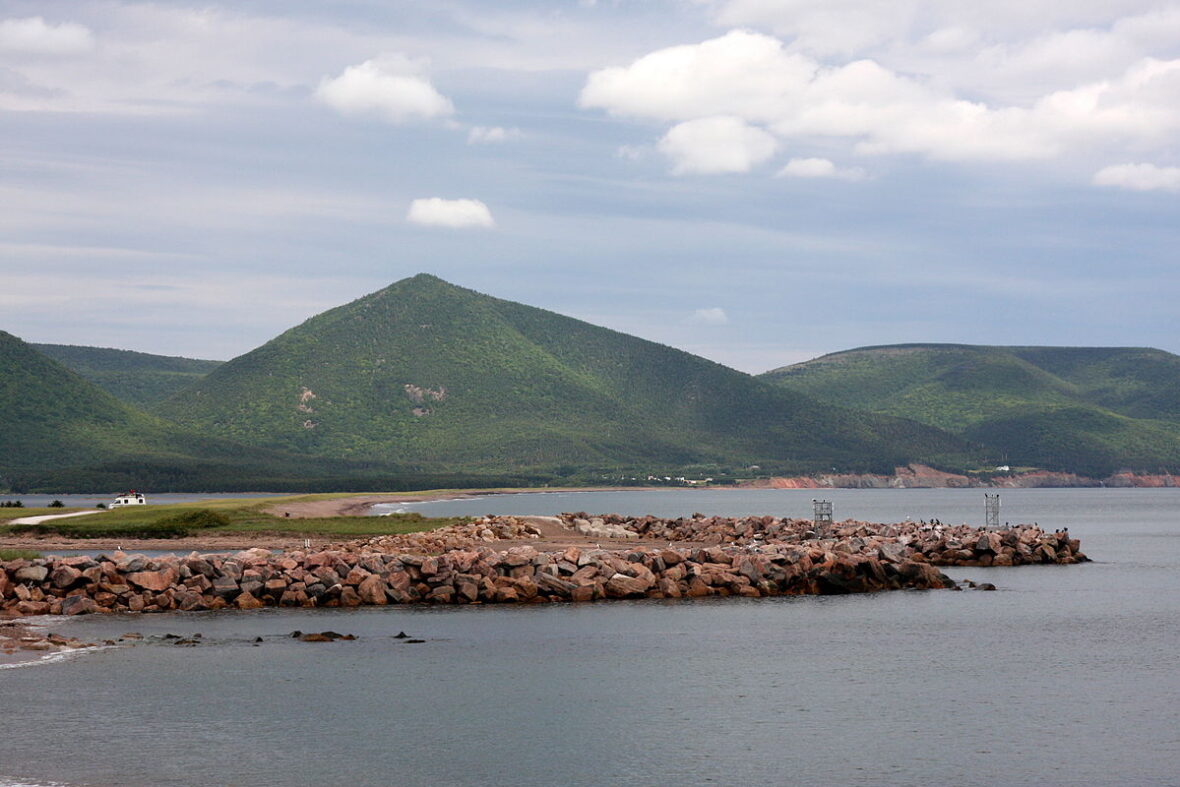Victoria County is a county in Nova Scotia, Canada. The shire town and largest municipality is the village of Baddeck. Previous to European settlement, Victoria County, like other parts of Nova Scotia, was inhabited by the Miꞌkmaq. Take a look below for 25 fun and amazing facts about Victoria County.
1. Named after Queen Victoria, it was established by statute in 1851.
2. Cape Breton County was divided into two separate counties in that year, with the northern portion becoming Victoria County.
3. The earliest settlers of Victoria County were almost exclusively Loyalists, with most arriving from the United States in the years following the American Revolutionary War.
4. It was noted by historian G.G. Patterson in 1885 that “In (Queen Victoria’s) broad domain upon which the sun never sets, we venture to say there dwell none more loyal than (Victoria County’s) few thousand inhabitants”.
5. The man responsible for the early settling of Victoria County is widely considered to be Capt. Jonathan Jones, a Loyalist who originally captained a ship bringing applicants to the area who had received land grants in the late 1700s.
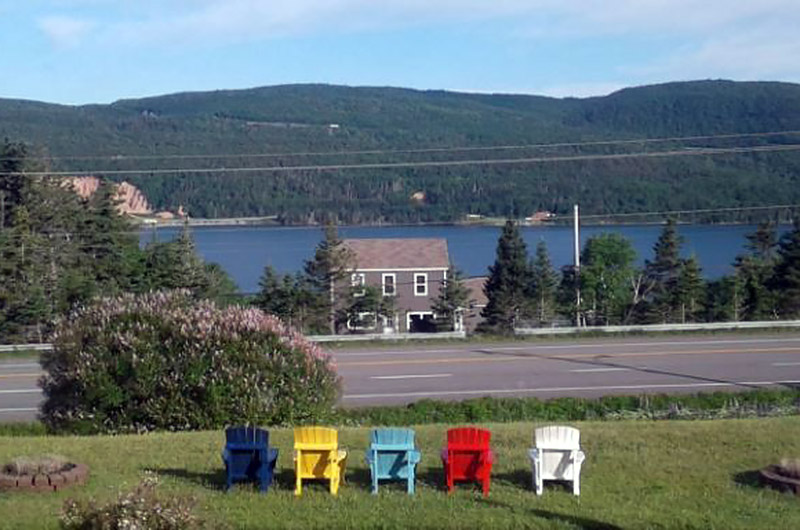
6. Among these was a Mr. Cuyler, the former Mayor of Albany, NY, who had forfeited his holdings due to his loyalty to the British Crown and who was eager to settle in the Cape Breton colony.
7. Cape Breton had been separated from the mainland and was declared a colony unto itself in 1784. Jones’ land grant bears the date October 19, 1790. Jones was appointed magistrate and given the land and all wood upon it with the exception of the white pine, which were reserved for the King’s use along with all mines and minerals. Jones was required to annually pay two shillings for every hundred acres to begin after the expiration of ten years.
8. For every fifty acres of farmable land, Jones was required to clear and cultivate at least three acres and for every fifty acres of land deemed barren, he was required to keep upon it three cattle, until such time as three acres for every fifty be cleared.
9. He was required also to erect a place of dwelling measuring no less than twenty feet in length and sixteen in breadth. Should any ground be rocky, he was by the terms of the grant compelled to employ a quarry or mine, employing one able man for every fifty acres. Should any of these conditions not be met, Jones’ grant would become void.
10. Under Jones, many improvements were made, including the construction of Victoria County’s first sawmill, followed by a second sawmill at the mouth of the Baddeck River. Large crops of potatoes were subsequently produced in Victoria County, and ships would routinely carry this farm produce to Newfoundland for sale.
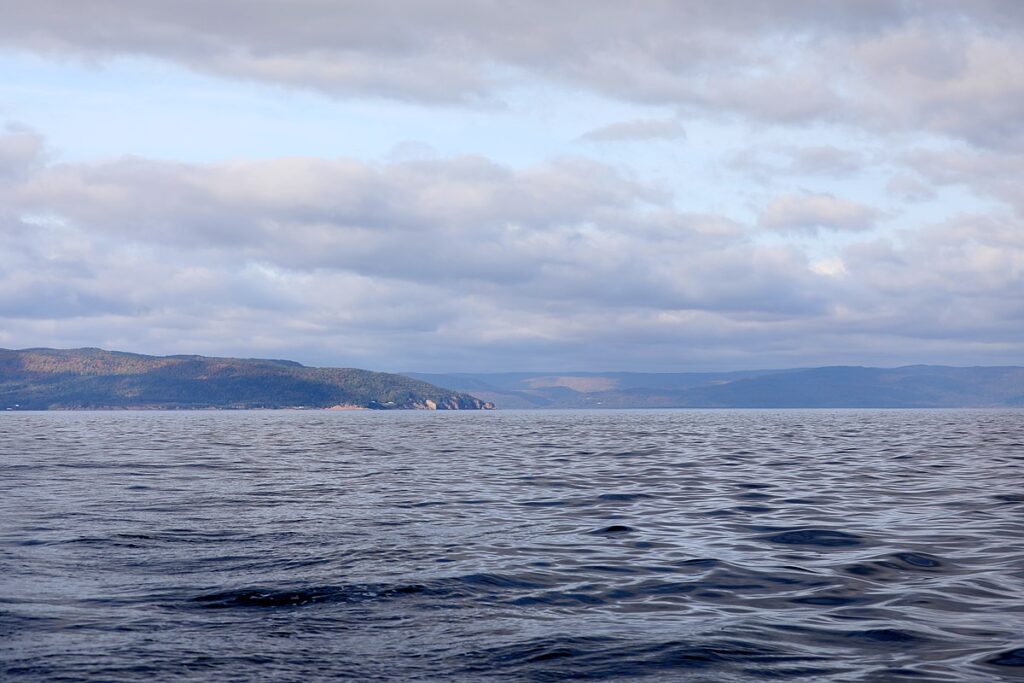
11. Though Jones is regarded as the first settler in Victoria County, local legend had some six or seven families settling at present-day Englishtown a few years prior to his arrival. An elderly Englishtown resident, well acquainted with the early history of the area, in the late 1880s told historian G.G. Patterson that the earliest settlers had arrived there between 1770 and 1780. Though Patterson believed these families had indeed settled there, he regarded the timeline as impossible, believing they could not have come before 1782 and that they most likely did not arrive until at least five years later.
12. Patterson’s research indicated that these six or seven families reached St. Anne’s (as Englishtown was then known) at different times and by different routes in fishing vessels.
13. They were chiefly English (surviving records identify two families as Guinn and Roberts), but records show one family from Ireland and a bachelor from Virginia who, a few years later, went insane and hung himself.
14. Eight years later a German family named Willhausen arrived, and records show no further settlers arriving until an influx of Scots some 40 years later. Little attention was given to farming and the small community survived on the fishery. Little is known about these earliest settlers due to the fact that their immediate descendants subsequently emigrated to other areas in search of better conditions.
15. The chief means of transport was canoe by river and ship by sea, as no roads existed. A rather extensive network of paths and trails developed over time through the forests. Some communities such as Black Point were completely isolated, and remained so well into the twentieth century.
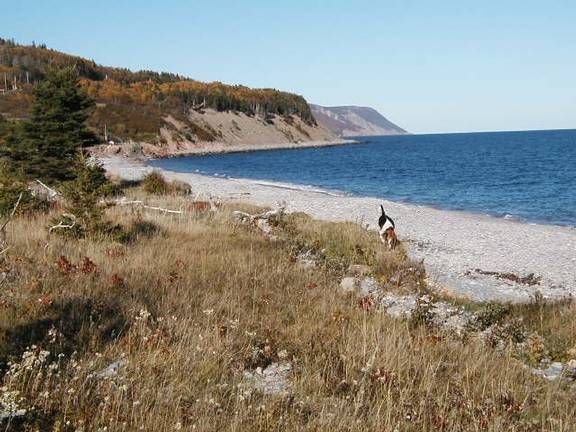
16. In a report dated December 11, 1861, it is noted that Victoria County at that time was settled largely by Scotch highlanders from the mainland and western islands of Scotland, with a few settlers from England, Ireland, and “the low countries”. The report noted “a great want” felt by these settlers for regular marts and fairs “where seeds, cattle, etc. could be exchanged with mutual advantages, and possibly new articles of culture introduced, that for want of the facilities requisite for obtaining these, are never attempted to be raised by the county.”
17. Though the census of 1818 gives no number, written accounts dating from 1820 state the population of the area from Cape North south to Big Bras d’Or as being “no more than 100 families” at that time.
18. There are several distinctive geographic regions in Victoria county: north of Smokey Mountain, south of Smokey Mountain, St. Ann’s Bay, Boularderie Island, Baddeck, Middle River and the Washabuck Peninsula.
19. The county is 2,768 square kilometers in size, 80% of which is covered by forest and the remainder largely by water.
20. As a census division in the 2016 Census of Population conducted by Statistics Canada, Victoria County recorded a population of 7,089 living in 3,101 of its 4,437 total private dwellings, a change of -0.4% from its 2011 population of 7,115. With a land area of 2,857.74 km2 (1,103.38 sq mi), it had a population density of 2.5/km2 (6.4/sq mi) in 2016.
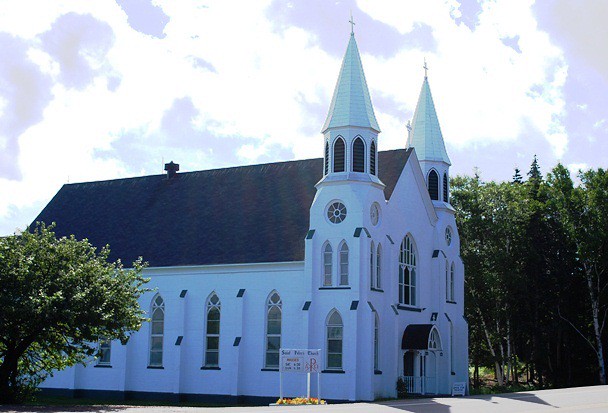
21. Forming the majority of the Victoria County census division, the Municipality of the County of Victoria recorded a population of 6,552 living in 2,943 of its 4,271 total private dwellings in the 2016 Census of Population, a change of -0.7% from its 2011 population of 6,597.
22. With a land area of 2,854.01 km2 (1,101.94 sq mi), it had a population density of 2.3/km2 (5.9/sq mi) in 2016.
23. 71% of the workforce is employed in the services sector.
24. An additional 18% are employed in the primary resources industry, a category that includes both forestry and fishing.
25. Just 11% are employed in manufacturing, less than half of the levels seen in the 1960s.

